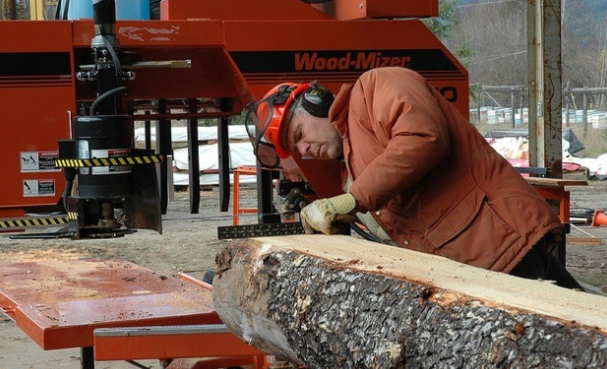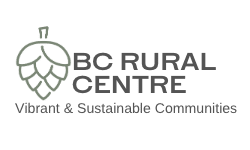
Harrop-Procter Community Forest shines
This article by Virginia Rasch excerpted from Kootenay Business highlights the Harrop-Procter Community Forest, one of the most innovative community forestry initiatives in the country.
From conflict comes success. That’s the origin of the Harrop-Procter Community Forest, according to Erik Leslie, a registered professional forester.
“We are a product of the ‘War in the Woods’ from the ’80s and ’90s,” said Leslie. Back then, he explained, there were two camps of thought, and folks were either for or against logging. Mass arrests of environmentalists who were protesting against industrial logging occurred on battlegrounds such as the Valhalla Ranges.
For decades, the residents of the tiny villages of Harrop and Procter also struggled to protect their drinking water, most of which is drawn from the numerous small creeks coming down the mountain. They wanted to have a voice in the surrounding forestry operations.
That all changed when residents took control of their surrounding forest and formed several organizations that include a watershed protection society and the Harrop-Procter Community Co-operative (HPCC).
“The community forest occupies a middle ground now,” said Leslie, forest manager for HPCC. “Everything changes when you are in control.”
Leslie is proud that he works for the first community forest in British Columbia that has an ecosystem-based plan and a value-added strategy to boost local economic benefits.

What is a community forest?
A community forest is any forestry operation managed by a local government, community group or First Nation for the benefit of the entire community. The HPCC is the second-oldest community forest in B.C., but these entities are fairly recent in the province, only dating to the mid-1990s.
The community members of Harrop-Procter now have ownership of the community forest through the co-operative and also have their voices heard through extensive community consultation and public meetings.
They were also won over by the idea of small-scale logging in their forests because it is so different than conventional industrial forestry. The logging operation in Harrop-Procter limits roads and their impact, and leans more towards partial cutting as opposed to clearcutting. To date, over 60 per cent of HPCC’s logging has been high-retention, where over half the trees are left standing.
“We have an ecosystem-based approach,” said Leslie, which means that protecting water resources and maintaining ecological integrity are their top priorities.
With over 50 community forests operating in B.C., the Harrop-Procter community forest can be very proud that it currently is the only community forest whose wood is certified by the Forest Stewardship Council. This certification requires strict adherence to internationally recognized social and environmental standards.
The economic side of HPCC
One of HPCC’s mandates is to create jobs in the community; four workers are employed full time at their sawmill and two local youths work there as well.
Workers at the sawmill and manufacturing facility turn out rough-cut lumber as well as value-added products used in home finishing, including panelling, flooring and trim. Their biggest sellers are cedar decking and siding, and custom-cut timbers.
Although HPCC’s value-added operation is just beginning to show a profit, Leslie is optimistic that it will increase.
A second mandate of HPCC is to donate wood products to community organizations. The board of directors passed a motion last year that sets such donations at $10,000 annually.
Recent donations include $3,906 worth of wood given to the Procter Community Society for the children’s playground. And the West Arm Outdoors Club received $1,143 worth of wood for the Sunshine Bay boat launch and will be getting decking for a new fishing dock in Procter.
Local and small are best
Because buying locally is more sustainable, Leslie encourages people to stop by the sawmill at the end of Ogilvie Road in Harrop and buy their wood.
The Nelson and District Chamber of Commerce is buying HPCC wood for its multi-million-dollar renovation of the Nelson heritage railway station. HPCC wood products will include cedar siding, Douglas fir interior trim and large-dimension timbers.
How important is small-scale forestry in British Columbia?
“I think it’s super important because it’s more sustainable,” Leslie said.
Small-scale forestry is community- and area-based as opposed to large-scale forestry that is volume-based.
“I think that scale matters,” said Leslie.
Leslie is most proud of the fact that the HPCC was able to grow in the last five years even in a poor economic climate for the industry. He credits this success to “stick(ing) true to our principles of how to do forestry despite all the challenges.”
